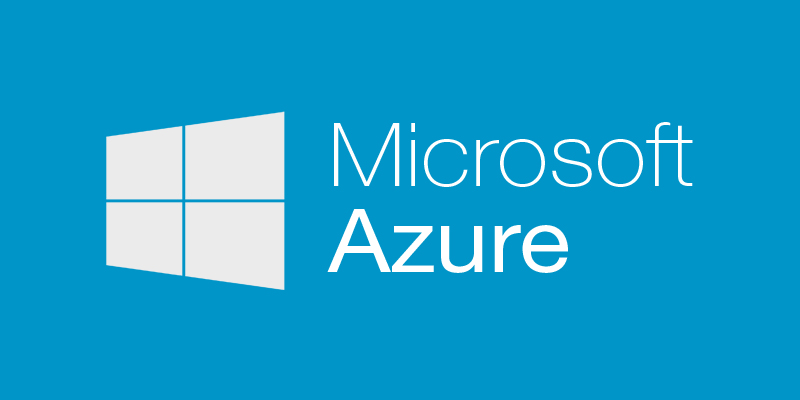Troubleshooting Azure Network Security Groups
Some things I learned recently whilst troubleshooting a customer’s network security group (NSG) configuration.
Default rules
The default configuration of all NSGs includes 3 inbound and outbound rules which is something to be aware of. You can vizualise these rules in the Azure portal or with the following PowerShell. The default rules cannot be disabled but can be overridden by creating rules with a lower priority (read higher number!).
Choose a resource group
[code language=”powershell”]
$nsgName = ‘<NSGNAME>’
$rgName = (Get-AzureRmResourceGroup | Out-GridView -Title ‘Select Azure Resource Group:’ -PassThru).ResourceGroupName… [Keep reading] “Troubleshooting Azure Network Security Groups”

